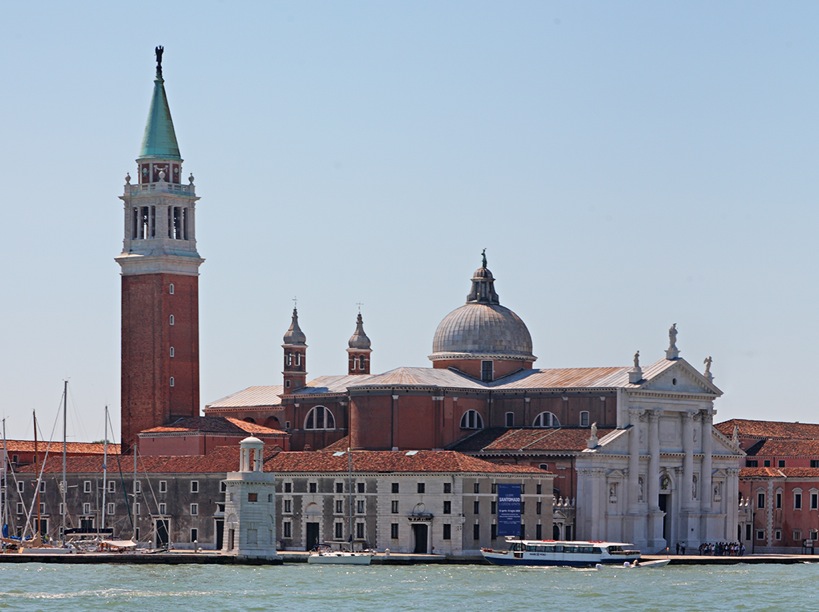
Kontribusi Peradaban Islam Dalam Dunia Cosmetology
Dahulu di Andalusia, Spanyol hidup seorang fisikawan dan ahli bedah bernama Abul Qasim Al Zahrawi, dalam bahasa latin beliau disebut dengan Albucassis. Beliau menulis sebuah karya monumental yaitu ensiklopedia tentang pengobatan berjudul Al Tasreef sebanyak 30 jilid.
Ensiklopedia ini telah diterjemahkan ke bahasa Latin dan dijadikan sebagai texbook di banyak Universitas di Eropa sejak abad ke-12 hingga abad ke-17. Ensiklopedia muslim inilah yang memuat pertama kali tentang cosmetology (ilmu tentang dunia kosmetik).
Dalam ensiklopedia tersebut memuat beberapa ilmu tentang kosmetik meliputi deodorant, hand lotions,dan parfum. Ada juga mengenai pengharum (sejenis pengharum ruangan) dan lipstik.
Dalam hadits nabi banyak sekali yang memerintahkan agar seorang muslim membersihkan diri baik jiwa maupun raganya. Oleh karena itu Al Zahrawi juga menciptakan pembersih baju sekaligus pewangi baju. Sehingga kaum muslimin pada era beliau bisa lebih terlihat "excellene".





